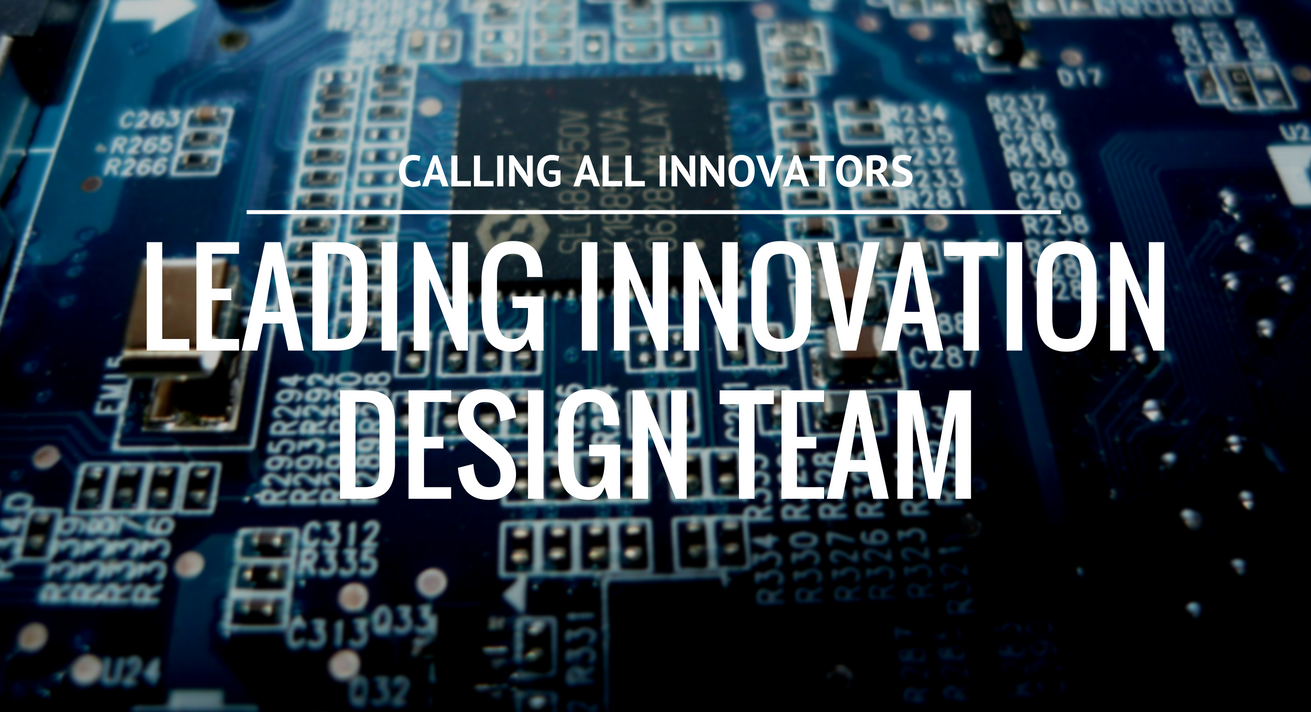Online shopping is a way of life of many of us and we simply take for granted the easiness of ordering and receiving our wish list. A critical part of this cycle is warehouse inventory management. Keeping track of what and where is a highly dynamic environment is a significant joggling task. Currently, most warehouses require workers to walk the aisle and scan all the pallets for a cycle count or physical inventory of materials. This is a time-consuming process and not very robust. Automation is likely more efficient and reduces human error. By utilizing a drone embedded with the facility layout with cameras and barcode imagers, the drone can go up and down the isles and high up into the rafters scanning all the pallets in each part of the warehouse…
For more information check out the project poster:
Barcoding Warehouse Tracking
